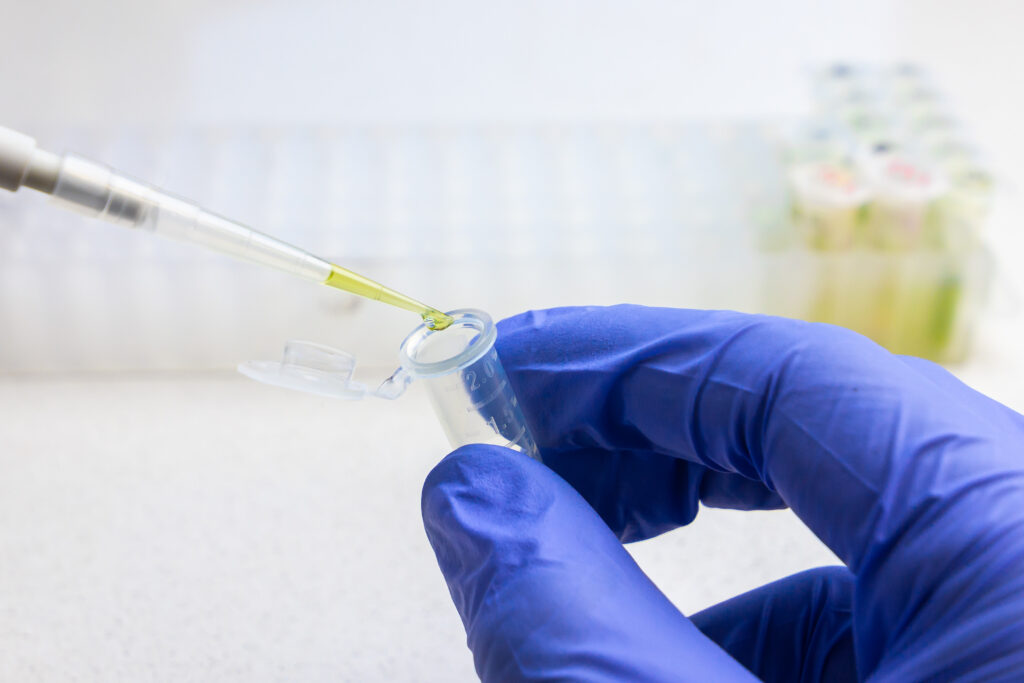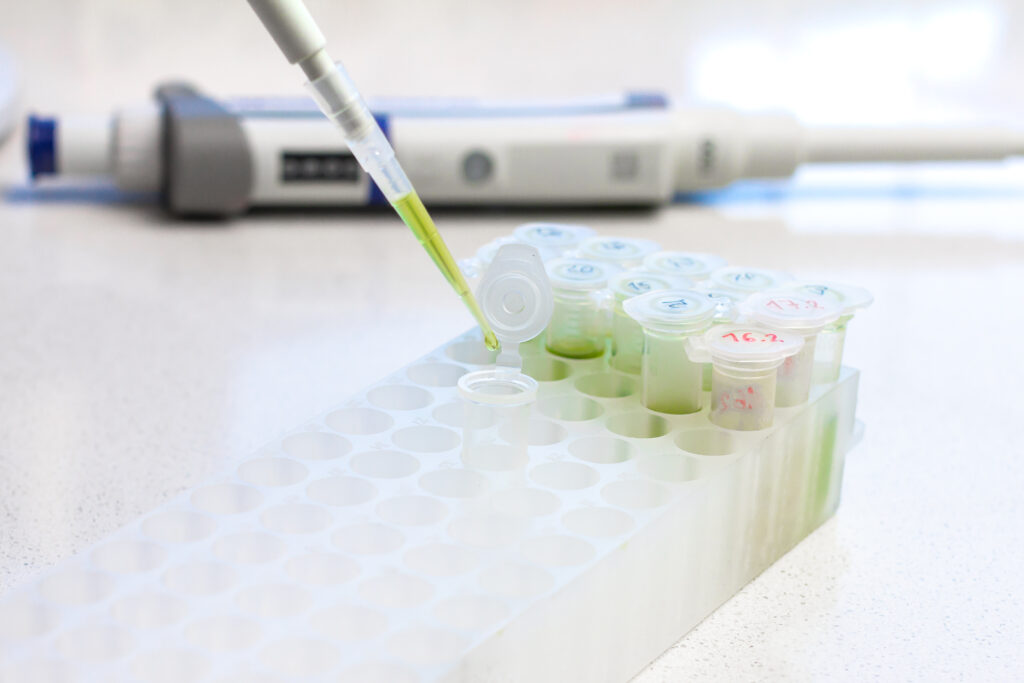If you choose the wrong type of tips, the accuracy of even the best calibrated pipette can be destroyed. Depending on the experiment you are conducting, the wrong type of tip may also make your pipettor a source of contamination, resulting in wasting valuable samples or reagents, or even causing physical harm to you in the form of repetitive pressure injury (RSI).
There are many different types of tips to choose from market. How do you know which pipette is best for your pipettor? Never be worried, that’s what we’re doing here with pipetting filter tips. This short guide will help you understand your options so that you can choose the right pipette tip and prevent costly experimental errors and all other problems.
Select high quality pipette tips for accuracy. Precision and accuracy are the first considerations that come to mind when considering which tip type to choose.
If there are any inter-batch or intra-batch pipette tip shape changes, your pipette will be inaccurate. This is an issue for quality control , and as with any manufacturing process, quality control costs money. So it’s usually safer to stay away from cheap tips and buy a good one to keep the difference between tips to a minimum.
If the tip does not fit your particular pipettor, it may affect pipette accuracy. If there is a poor seal between the pipettor body and the filter tip, the inhaled air may escape, preventing the correct volume of liquid from being sucked out. Therefore, the final volume allocated is not infallible. Choosing the right tip for your pipettor can be tricky.
Which brings us to this question…
Univeral or special filter pipette tips

If possible, you can always choose the tips from pipettor manufacturers. However, in general, the best choice for your pipettor and application is to use a high-quality universal pipette tips, and pipette filter tips manufacturers tend to be more professional than pipettor manufacturers.
These universal tips are available for most micropipettes on the market. Universal filter tips are designed to fit tightly on all pipette barrels, which vary in diameter from different manufacturers. But, of course, not all universal tips are the same, so you have to check carefully.
Companies specializing in universal pipette filter tips design have carefully studied the problems that can occur with pipette tips and developed technologies to overcome them.
Pipette tips without filter /pipette tips with filter selection

For many non-sensitive applications, you can use filter/no filter or standard pipette tips. Typically, LABS use these tips to load agarose gels, isolate plasmid DNA, and other similar applications.
These tips come in bulk (i.e., in a bag), pre-loaded (i.e., on racks that you can easily drop into boxes), or easily reloaded, allowing you to easily reuse your racks but avoid the pain of loading bulk tips. Although bulk and most reloads are not sterile, you can sterilize them and their storage boxes/shelves in an autoclave.
Aerosol filter pipette tips prevent PCR contamination and help PCR-positive control aerosol filter pipette tips, are fitted with a filter at the proximal portion of the tips. Filters protect your pipettor from aerosols and suction of volatile or viscous solutions into the barrel, all of which can contaminate and damage the pipettor. These tips are usually pre-sterilized and DNase/RNase free.
The filter barriers in these tips make them a choice for sensitive applications, such as qPCR. The barrier prevents PCR contamination by preventing sample residues in the pipettor, which will give you more reliable results. Also, remember to run your PCR positive control and negative control to look for sample residues.
In addition, the filter pipette tip is a good “training wheel” for beginners. Many times pipettor contamination occurs when a new lab member accidentally inhales liquid into the pipettor itself. It is much easier and more cost-effective to throw away the tips than to send the entire pipettor to repair because of the fluid in the piston.
Low residue/low adsorption tips selection

Whichever prompt you choose, the low residue rate is a key feature. Low residue tips do what their name suggests – retain low levels of fluid. If you’ve ever looked at a standard pipette tip, you’ve probably seen a little liquid left behind after the separation. Low retention tips reduce this because they have hydrophobic plastic additives that prevent liquid from sticking to the inside of the tip.
Cost considerations when selecting pipette tips

As with most products, you get what you pay for. Well-made, properly installed tips are essential for accuracy, precision and ease of use. The investment in a premium tip specially developed for maximum performance is well worth it unless you are satisfied that the precision micropipette is no longer so precise.
For other features (grading markers, obstacles, and so on), you should consider whether the added features have value. For additional costs, select prompt with these features when required in the lab. For example, filter pipette tips are more expensive than pipette tips. Therefore, you may wish to reserve blocking tips for sensitive applications where contamination could disrupt your experiments.

